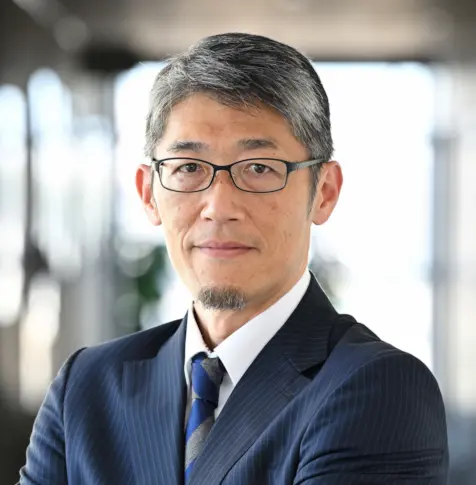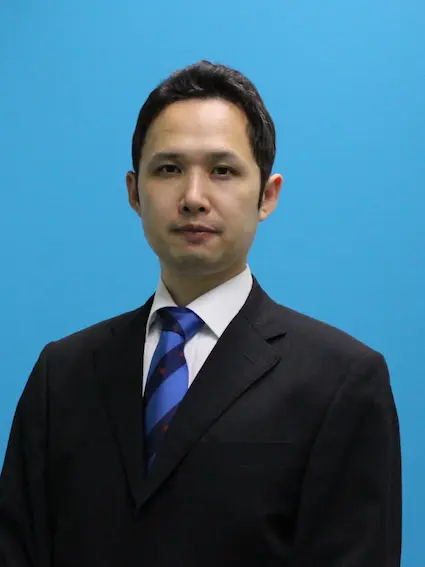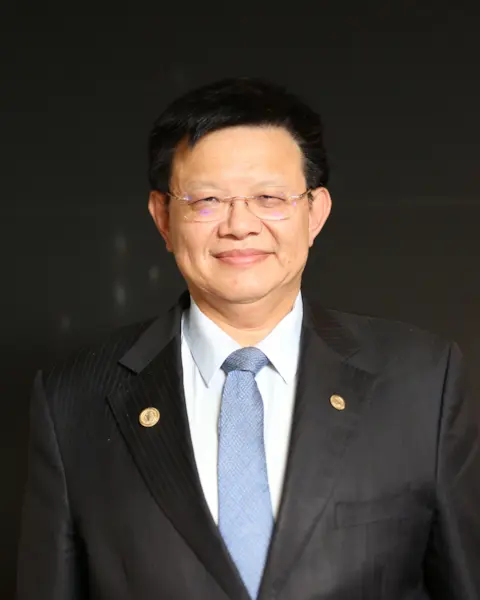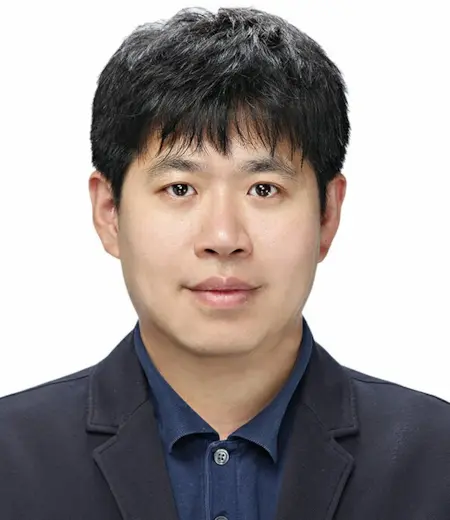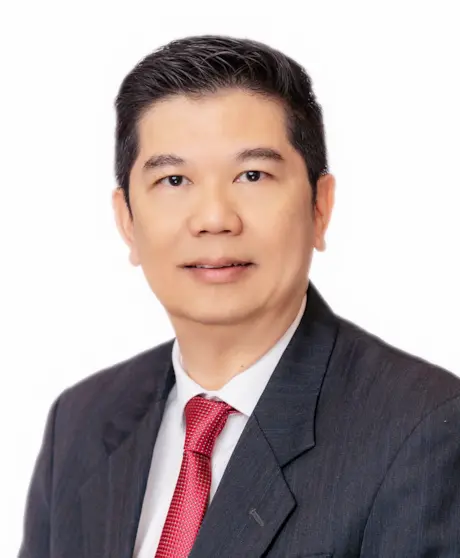Abstract
Semantic communication is a new communication paradigm that aims to efficiently convey the "meaning" of information, unlike traditional digital communication. The concept was first proposed by Weaver in 1949 but was long neglected due to technological limitations. In recent years, however, advances in AI technology have led to the practical application of the necessary basic technology, and research is progressing rapidly. Semantic communication is also attracting attention as a promising technology for intelligent applications after 6G. This paper outlines the basic concepts of semantic communication, the technological progress through Generative AI, application examples, and future challenges. This keynote further presents a cutting-edge semantic communication framework tailored for vehicular communication scenarios, where key information is extracted from camera data and transmitted among vehicles and road infrastructure. The keynote will conclude by outlining open challenges and research directions.
Biography
Tomoaki Otsuki (Ohtsuki) received the B.E., M.E., and Ph. D. degrees in Electrical Engineering from Keio University, Yokohama, Japan in 1990, 1992, and 1994, respectively. From 1994 to 1995, he was a post-doctoral fellow and a Visiting Researcher in Electrical Engineering at Keio University. From 1993 to 1995, he was a Special Researcher at the Fellowships of the Japan Society for the Promotion of Science for Japanese Junior Scientists. From 1995 to 2005, he was with the Science University of Tokyo. In 2005, he joined Keio University. He is now a Professor at Keio University. From 1998 to 1999, he was with the department of electrical engineering and computer sciences, University of California, Berkeley. He is engaged in research on wireless communications, optical communications, signal processing, and information theory. Dr. Ohtsuki is a recipient of the 1997 Inoue Research Award for Young Scientist, the 1997 Hiroshi Ando Memorial Young Engineering Award, Ericsson Young Scientist Award 2000, 2002 Funai Information and Science Award for Young Scientist, IEEE the 1st Asia-Pacific Young Researcher Award 2001, the 5th International Communication Foundation (ICF) Research Award, 2011 IEEE SPCE Outstanding Service Award, the 27th TELECOM System Technology Award, ETRI Journal’s 2012 Best Reviewer Award, 9th International Conference on Communications and Networking in China 2014 (CHINACOM ’14) Best Paper Award, 2020 Yagami Award, The 26th Asia-Pacific Conference on Communications (APCC2021) Best Paper Award, International Conference on Internet of Things, Communication and Intelligent Technology (IoTCIT) 2024 Best Paper Award, and the 2024 6th International Conference on Robotics, Intelligent Control and Artificial Intelligence (RICAI2024) Best Paper Award. He has published more than 310 journal papers and 540 international conference papers.
He served as a Chair of IEEE Communications Society, Signal Processing for Communications and Electronics Technical Committee. He served as a technical editor of the IEEE Wireless Communications Magazine and an editor of Elsevier Physical Communications. He is now serving as an Area Editor of the IEEE Transactions on Vehicular Technology and an editor of the IEEE Communications Surveys and Tutorials. He is also serving as the IEEE Communications Society, Asia Pacific Board Director. He has served as general-co chair, symposium co-chair, and TPC co-chair of many conferences, including IEEE GLOBECOM 2008, SPC, IEEE ICC 2011, CTS, IEEE GLOBECOM 2012, SPC, IEEE ICC 2020, SPC, IEEE APWCS, IEEE SPAWC, and IEEE VTC. He gave tutorials and keynote speeches at many international conferences including IEEE VTC, IEEE PIMRC, IEEE WCNC, and so on. He was Vice President and President of the Communications Society of the IEICE, also he was a distinguished lecturer of the IEEE. He is a fellow of the IEICE, a Fellow of Asia-Pacific Artificial Intelligence Association (AAIA), a senior member of the IEEE, and a member of the Engineering Academy of Japan.
